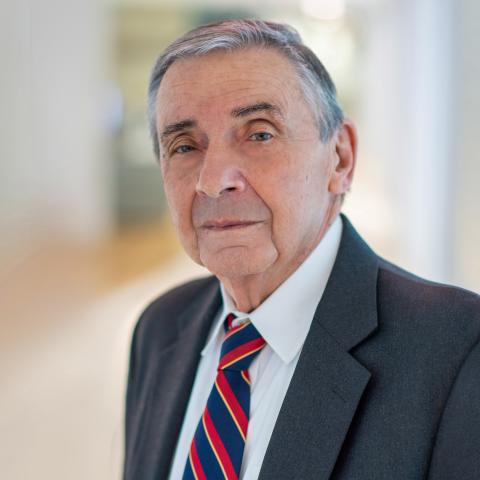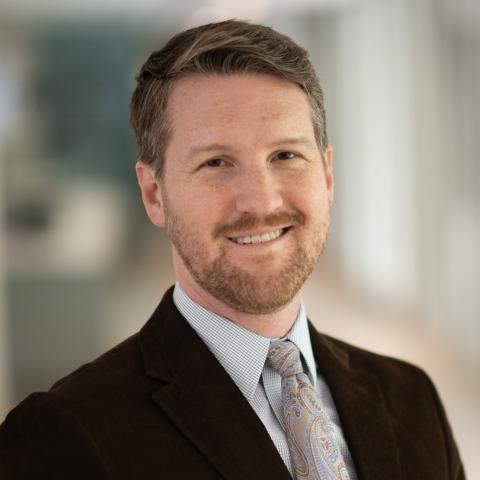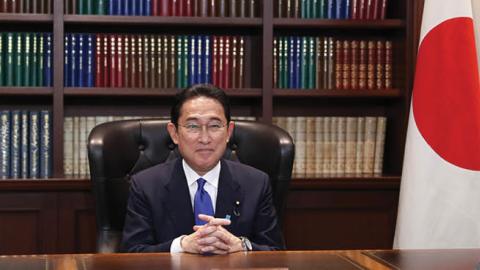Hudson experts weigh in on the challenges and priorities facing Japan’s next prime minister.
Prime Minister Abe Shinzo succeeded in promoting a positive vision for a Free and Open Indo-Pacific region that is foundational to preserving peace, promoting prosperity, and building a better future for generations to come. Prime Minister Suga continued these policies and built on relationships essential to making that vision a reality. International cooperation on infrastructure investment standards and the recent Quad Summit in Washington are cases in point.
The next Japanese Prime Minister has a tremendous opportunity to work with the United States and other likeminded nations on a rigorous strategy that orients the efforts of those nations on commonly understood objectives, assessing the progress, and adjusting efforts based on the interactive nature of competition with the Chinese Communist Party (CCP). Japanese leaders are well positioned to communicate to other world leaders that the competition does not entail a choice between Washington or Beijing, but rather a choice between sovereignty and servitude.
Working together, likeminded nations might convince CCP leaders that they can have their dreams without stifling freedom at home or promoting their authoritarian, mercantilist model at the expense of other nations’ citizens.
**Patrick Cronin, Asia-Pacific Security Chair**
Fumio Kishida is the very model of a modern prime minister. He is tireless, trustworthy, and deliberate to a fault. He may avoid the curse of short-term administrations that have afflicted so many of his predecessors. Having a leader in Tokyo with a steady hand, sharp instincts, and potential staying power is great news for the U.S.-Japan alliance.
After a mandatory national election by late November, the prime minister will be able to act boldly to address urgent challenges. He might begin by following through on initiatives launched by the Quad. He should take further steps to promote trusted 5G telecommunications and secure semiconductor and critical technology supply chains. He should prevail on all to hasten the defeat of COVID-19 and fight climate change. He should also accelerate bringing young Japanese to science and technology graduate programs in the U.S. under the new Quad fellowship program.
By the end of this year, he should direct his foreign and defense ministers to talk with their American counterparts at a 2 + 2 meeting to announce actions that strengthen the alliance’s interoperability, resilience, and readiness for contingencies. Following South Korea’s upcoming election, he should offer a gesture of goodwill to the winning candidate, setting the stage for deeper bilateral and trilateral cooperation.
**James Przystup, Senior Fellow, Japan Chair**
Japan’s next Prime Minister will inherit an alliance at a new high point. Much of the credit goes to the work of his predecessors, Prime Minster Shinzo Abe, and Prime Minister Yoshihide Suga. For close to a decade, the leading western statesman resided not in Washington, London, Paris, or Berlin, but in Tokyo. Shinzo Abe was a statesman not only of vision but a diplomat of the highest order.
Responding to the multifaceted challenges posed by an increasingly assertive China to the open, rules-based international order, Abe marshalled Japan’s diplomacy and financial resources to advance his vision of Free and Open Indo-Pacific, a vision now adopted by the United States, Australia, India, the UK, and other European allies. Abe’s work came to fruition at the 2019 meeting of the Security Consultative Committee (SCC), which witnessed the alignment of U.S. and Japanese strategic policy documents, including support for a Free and Open Indo-Pacific.
Prime Minister Suga built on this inheritance. The 2021 SCC meeting committed the alliance to strengthen deterrence and defense capabilities, in particular the fields of space, cyber and information security, while calling attention to the importance of peace and stability in the Taiwan Strait. Suga also positively supported the Japan’s commitment to the Quad. Thus, Japan’s new Prime Minister will inherit a strong hand as Japan moves to address the challenges of the decade ahead, the realization of a Free and Open Indo-Pacific, global heath, and climate change as well as others yet unforeseen.
**Riley Walters, Deputy Director, Japan Chair**
Politics always starts at home and for Fumio Kishida, revitalizing Japan’s economy will be first and foremost on his agenda. Following a general election in November, Kishida and his Cabinet will have to put into action Kishida’s vision for economic growth, including ways to increase household income, grow Japan’s middle class, all while dealing with Japan’s aging population. Many of Kishida’s economic policies will be reminiscent to those of prime minster Shinzo Abe – most known for his three-pronged economic strategy commonly referred to as “Abenomics” – and prime minister Yoshihide Suga, who had an interest in revitalizing Japan’s rural economies. Unlike Abe’s economic policies however, Kishida will have to make sure reform takes priority over monetary policy. This means creating an inclusive environment where competition and innovation can thrive. Investing in new technologies and digitalization to offset Japan’s demographic shortage will become increasingly important.
As for Japan’s foreign policy, thankfully Kishida’s predecessors have also laid much of the groundwork for him. Working with the U.S. and like-minded partners is paramount as threats to the Asia-Pacific region aren’t just America or Japan’s problem. Kishida recognizes that China is a growing threat. He, as have many in the Liberal Democratic Party (LDP), has become more concerned about the peace and stability in the Taiwan Strait and what it means for Japan’s security. Kishida’s time in office could oversee greater cooperation with Taiwan, including its membership into the Trans-Pacific Partnership. But Kishida will likewise have to deal with Japan’s own strategic investments. Kishida may be better for the U.S.-Japan alliance than his peers who ran against him for the LDP Presidency when it comes to investing in new military capabilities, but the single issue of nuclear disarmament may be a sensitive topic given his constituency in Hiroshima.
All in all, the Biden administration should rest easy with Kishida coming into office. In fact, it should welcome Kishida to Washington as early as possible after the New Year. Constant communication between our countries’ leaders will become evermore important as we work together to tackle today’s challenges.


















